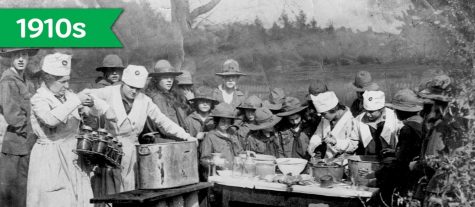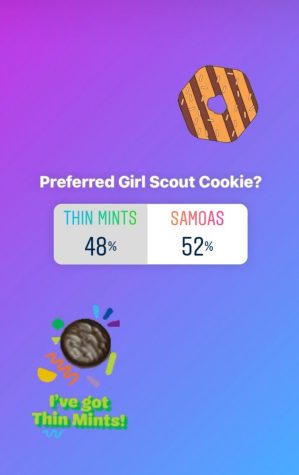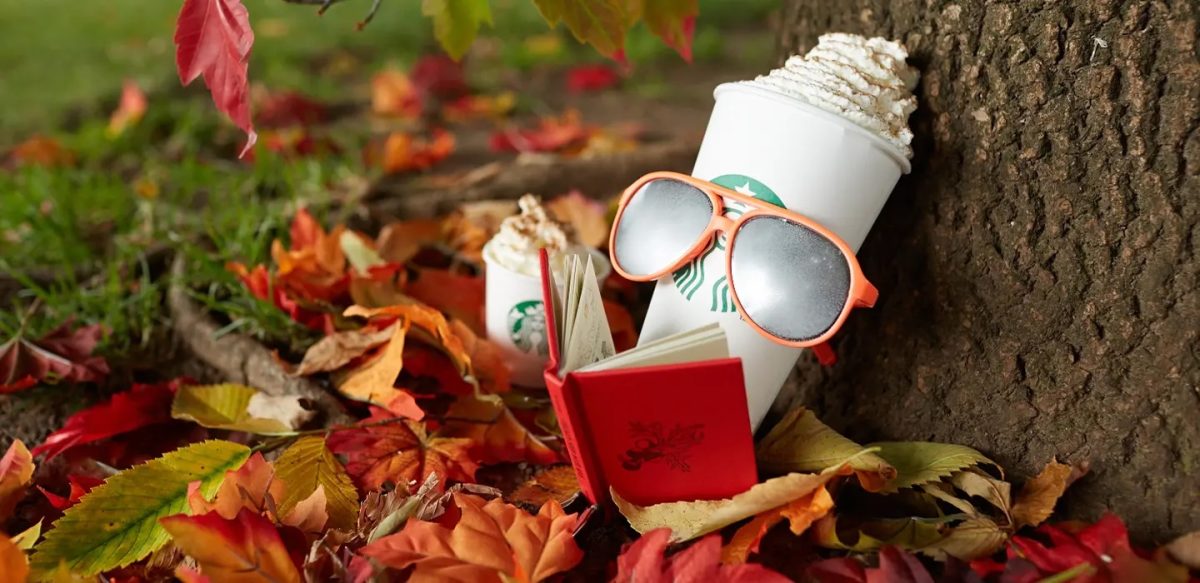For over 100 years, Girl Scout Cookies have remained a staple, integral, and iconic part of American culture. Catching sight of these colorful cookie boxes outside of the local grocery store, which are sold for only a short period of time, is sufficient enough to make the average day turn into a remarkable one.
Girl Scout Cookies are not new to American society, and have been around since the early 20th century. Sales started as early as 1917, as a way to finance troop activities during World War I. Juliette Gordon Low is known as the founder of Girl Scouts in the United States. The earliest roots of the cookie making began with the Mistletoe Troop in Muskogee, Oklahoma, who baked cookies and sold them in the high school cafeteria as a service project.

In the 1920s, Girl Scouts continued to bake using a simple sugar cookie recipe with the help of their mothers. These cookies would then be sold door to door. At the time, they were only 25 to 35 cents per box of a dozen. After factoring in inflation, nowadays that price would be translated to $3.27 to $4.58 a box.
As the 1930s came around, the Girl Scouts of Greater Philadelphia Council began to bake cookies and sell them in the city’s gas and electric company windows. As Girls developed their marketing and business skills, a year later, Greater Philadelphia became the first council to sell commercially baked cookies. In 1935, the Girl Scout Federation of Greater New York raised money through the sale of commercially baked cookies. In 1936, the National Girl Scout Organization began the process of licensing the first commercial bakers to produce cookies that could be sold nationwide by councils. Sales were successful, and a year later more than 125 Girl Scout councils held cookie sales.
When World War II began, the shortages of baking supplies contributed to a break in sales. But after the war, cookie sales increased again.
In 1951, Girl Scout Cookies on the market were Sandwiches, Shortbreads, and Chocolate Mints, which are known today as thin mints. Five years later, flavors became fancier with a vanilla-based filled cookie and chocolate-based filled one.
By 1966, best sellers included Chocolate Mints, Shortbreads, and Peanut Butter Sandwich cookies.
By 1978, for the first time in history, all cookie boxes featured the same designs which showed scenes of Girl Scouts in action, doing activities like hiking or canoeing. A year after that, a brand-new Girl Scout logo appeared on cookie boxes, which helped promote the Girl Scout brand.
In 1982, bakers produced seven varieties of cookies. Four were optional, but the three that were mandatory were Thin Mints, Peanut Butter Sandwiches (known as Do-si-dos), and Shortbreads (known as Trefoils).
By 1998, eight cookie varieties were available, including low-fat and sugar-free selections. Girl Scouts of the USA (GSUSA) gave awards for Girl Scout Brownies, Juniors, Cadettes, and Seniors, including the Cookie Activity pin, which was awarded for participating in the cookie sale.
The introduction of Girl Scout S’mores was extremely successful and it is known as the most popular new cookie to launch in Girl Scout Cookie history. In 2020, the Cookie Entrepreneur Family pin collection was created that emphasized that selling Girl Scout Cookies was a family affair.
Spinnaker’s Instagram page took a poll to see what Girl Scout Cookie students prefer between the famous Thin Mints and the popular Samoas.
These are the results:

Samoas took the lead with 52 percent of people preferring them over the 48 percent, who prefer Thin Mints. However it was close, with 71 students voting thin mints and 76 voting Samoas.
In honor of Girl Scout Cookie season, go pick up your very own box of cookies. The iconic treats are also available for delivery on Grubhub.
___
For more information or news tips, or if you see an error in this story or have any compliments or concerns, contact editor@unfspinnaker.com.
















